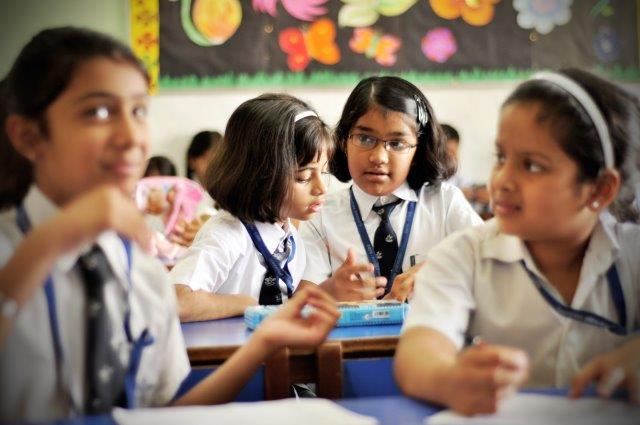
India all set for international education expansion
Published
Monday, 26 June
Author
Mark Rosser
Categories
Share
The international schools market in India is on the cusp of significant expansion according to ISC Research. The forecast is based upon data and intelligence that ISC Research, the leading provider of data and intelligence on the English-medium K-12 international school sector, has published in a new Market Report for India.
Key facts from the report indicate that, within the last five years, the number of international schools in India has grown by over 45%, while student enrolment has increased by over 70%. There are currently 469 international schools located throughout the country attended by 268,500 students aged between 3 and 18. The fees at international schools in India range widely, but capacity utilisation is high regardless of fees (ISC has researched all international schools in India with fees over USD $4,000 per year). The schools with annual fees between USD $4,000 and $10,000 are, on average, 79% full. Schools with fees over $10,000 are currently in excess of 81% full. Some schools have waiting lists, particularly for primary years. Intelligence gathered by ISC’s research consultants, who visited and interviewed the schools in India this year, suggest that within four years most of this spare capacity is likely to be filled.
There is a decline in enrolment at India’s private schools as some students migrate to international schools, and several of India’s schools are moving from state examination boards (such as the Indian Certificate of Secondary Education) to international boards (such as the IGCSE, the Cambridge International Examination, and the International Baccalaureate Diploma Programme) to respond to the increasing demand for more globally-recognised education and qualifications.
It is a demand that is being led by local families. In India’s mid-fee-range international schools (those between $4,000 and $10,000) 75% of the enrolment are local Indian children. In the high-fee-range schools (those over $10,000), 43.5% are locals. Expatriates, particularly American, South Korean and British, make up the remaining student demographic.
The most prevalent curriculum among schools charging annual fees over $4,000 is the International Baccalaureate. A British curriculum follows closely behind in these schools, but dominates when taking into account all international schools, regardless of their fees.
ISC’s market report highlights several reasons why opportunities for international school development in India look particularly favourable. India’s population is growing at pace, with over 28% of its total population currently under the age of 14. By 2022, India’s population is predicted to match China’s, and then exceed it. In addition, due in part to economic liberalisation, India is home to a new generation of relatively affluent and aspirational parents who want the best for their children. As ISC has identified, the country is experiencing increasing demand for high quality, international education and, according to management consultancy firm Technopak, by 2020 India’s private education market is predicted to have doubled in value within the space of just four years.
All indications suggest further development of international schools in India in forthcoming years, particularly in the mid-range-fee schools where demand will be highest. Major school groups already well established in India, GEMS and Maple Bear Canadian Pre-Schools, have plans for further development in the country, and two British independent schools are already making their mark there; King’s College Taunton opened King’s College India in Rohtak, northwest of Delhi in 2016 to become the first British independent school in the country. Repton School has also now identified the potential and will be opening a school for 3 to 18 year olds in Bangalore in September 2018. The school also has four Repton Nurseries throughout Bengaluru (also known as Bangalore) to act as feeder schools. More independent schools and school groups are expected to follow suit.
“India is one of the world’s fastest growing economies today, and a country with a huge thirst for quality education,” says Schools Director at ISC Research, Richard Gaskell. “Prospects for international school growth in the future look very favourable.”
Detailed data, trends and intelligence to assess international education development potential in the country are published in the new ISC Market Intelligence Report for English-medium K-12 international schools in India. More information is available from ISC Research at www.iscresearch.com